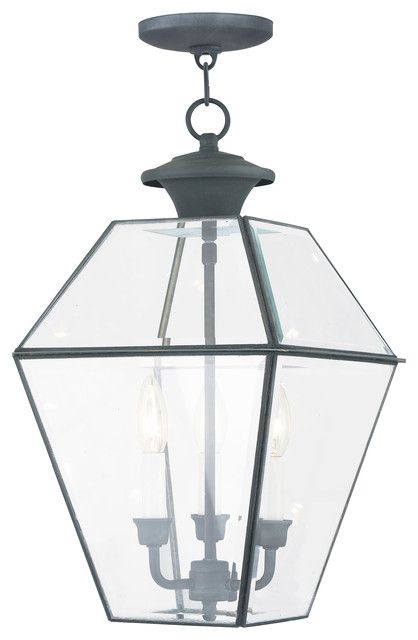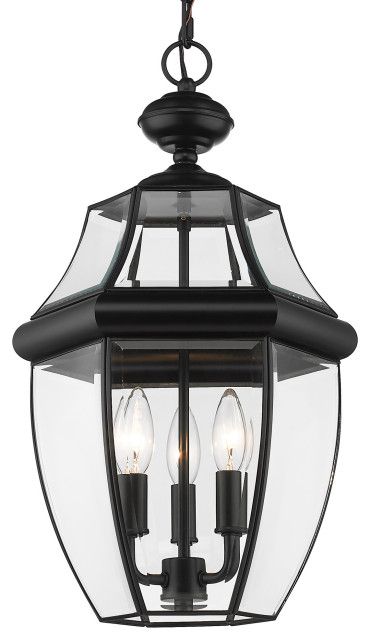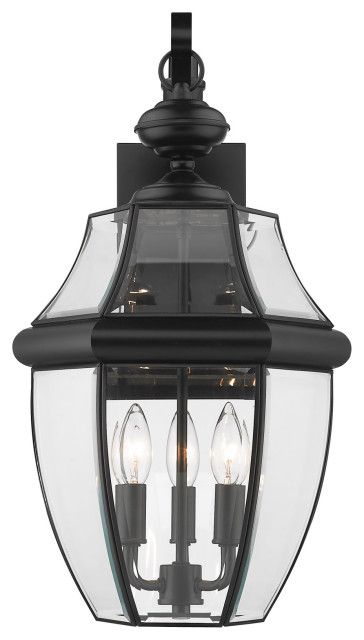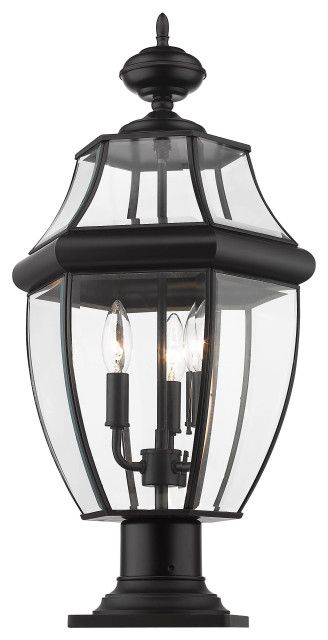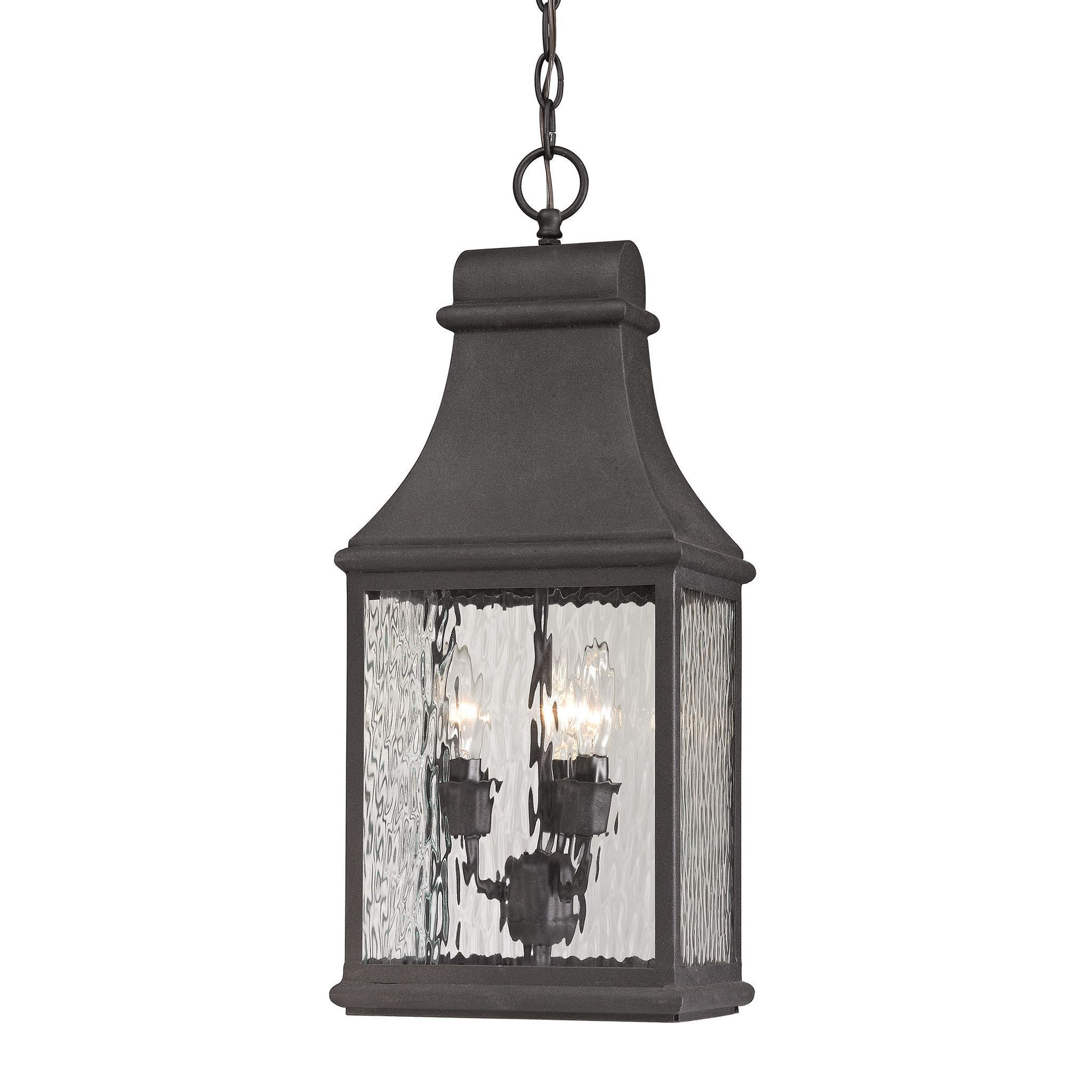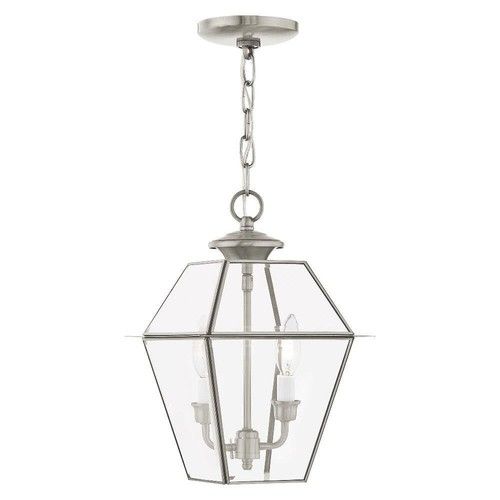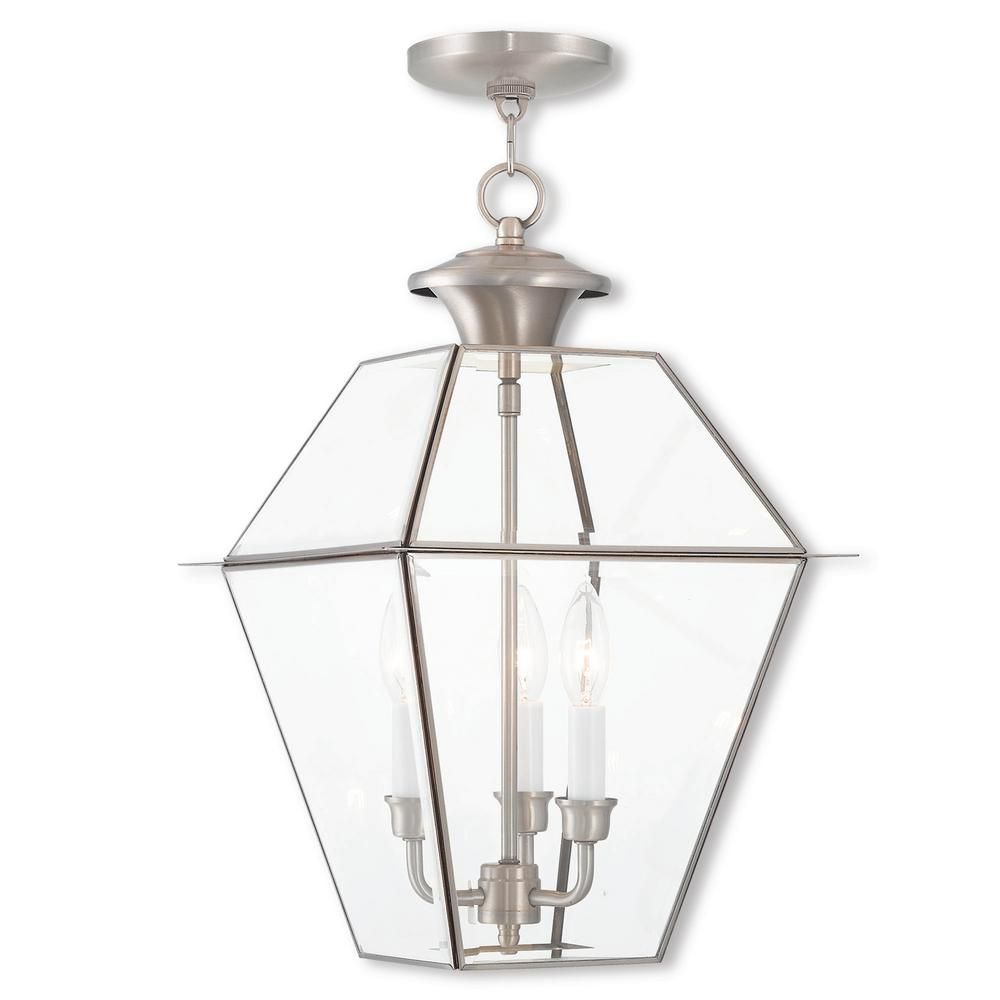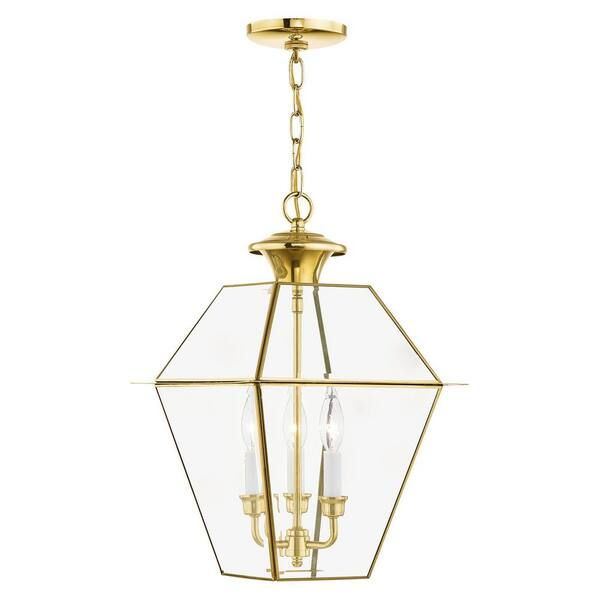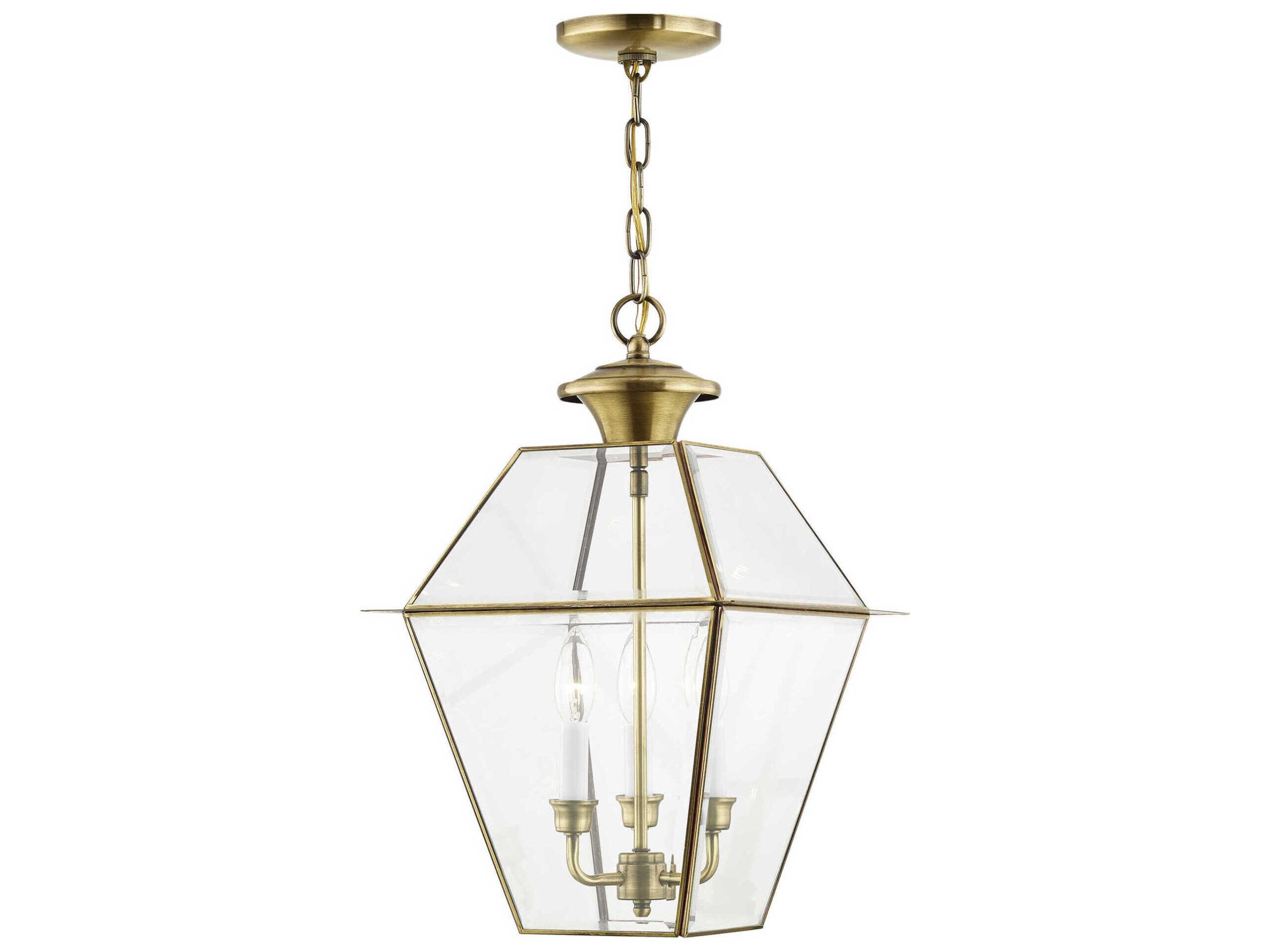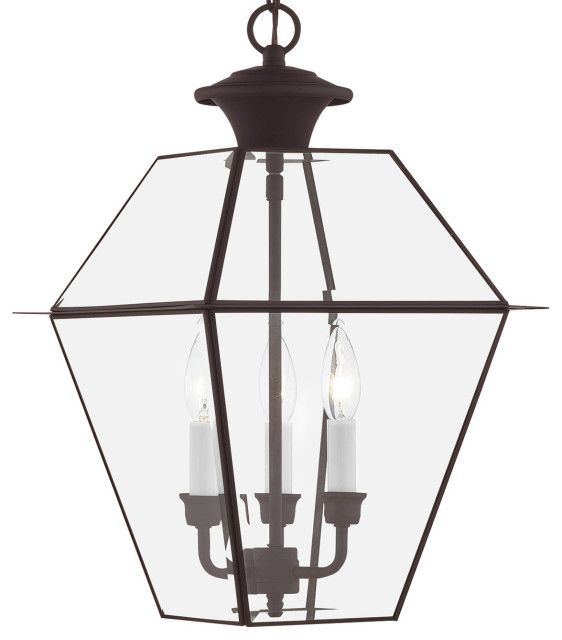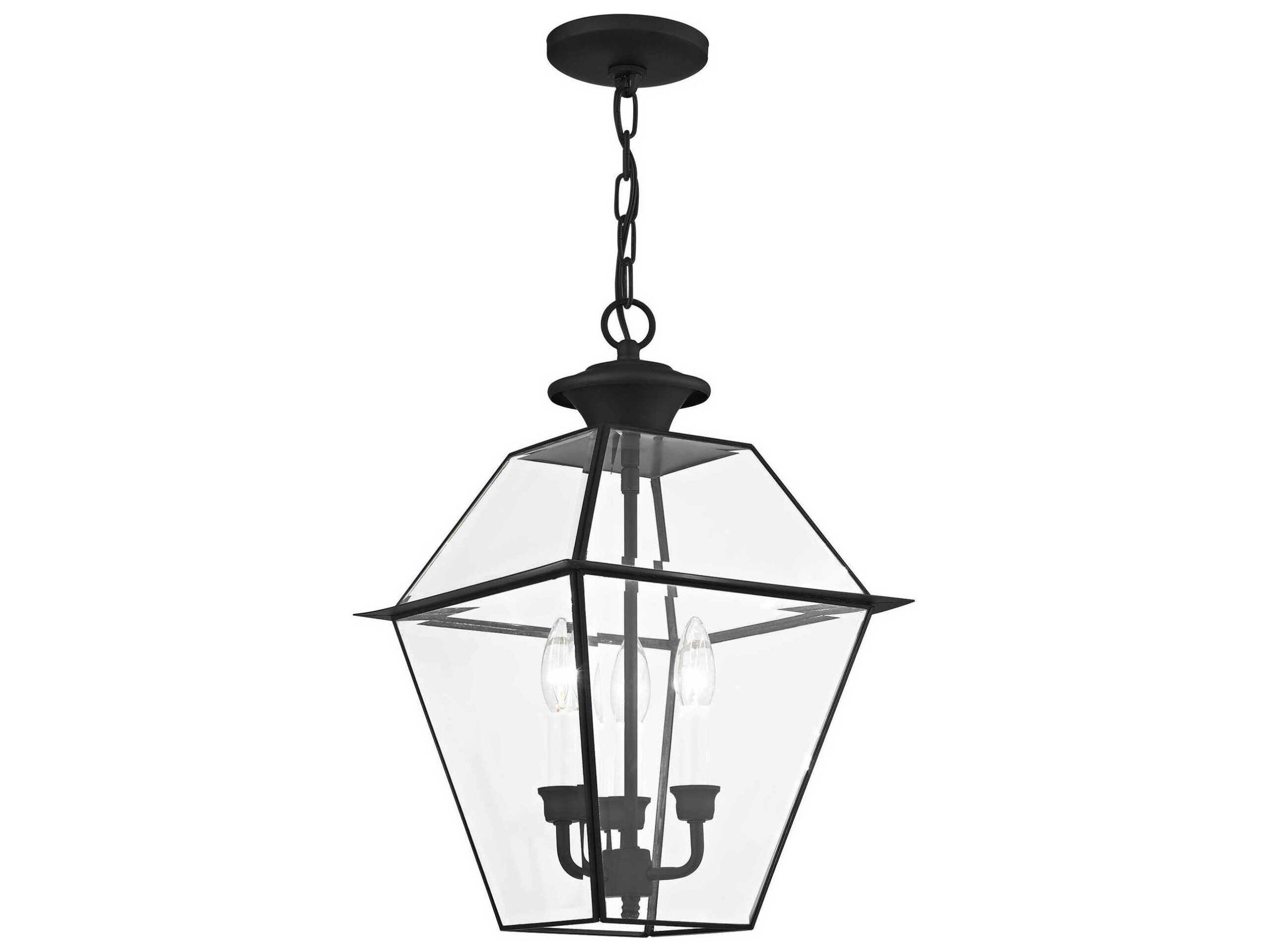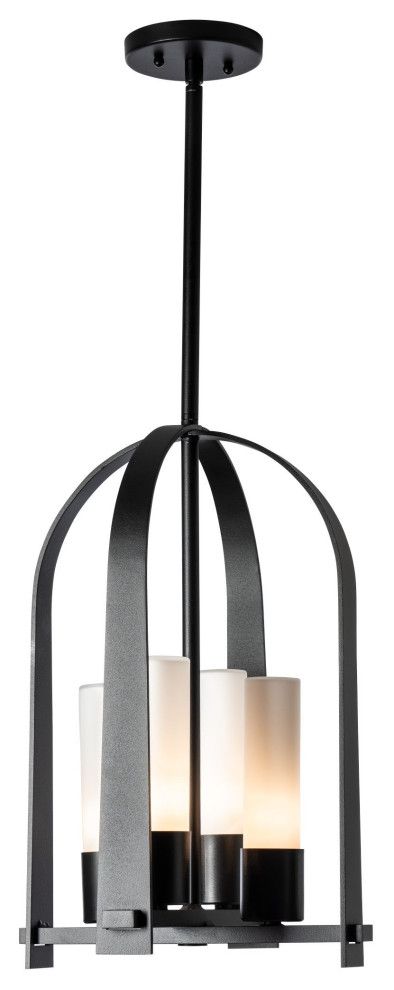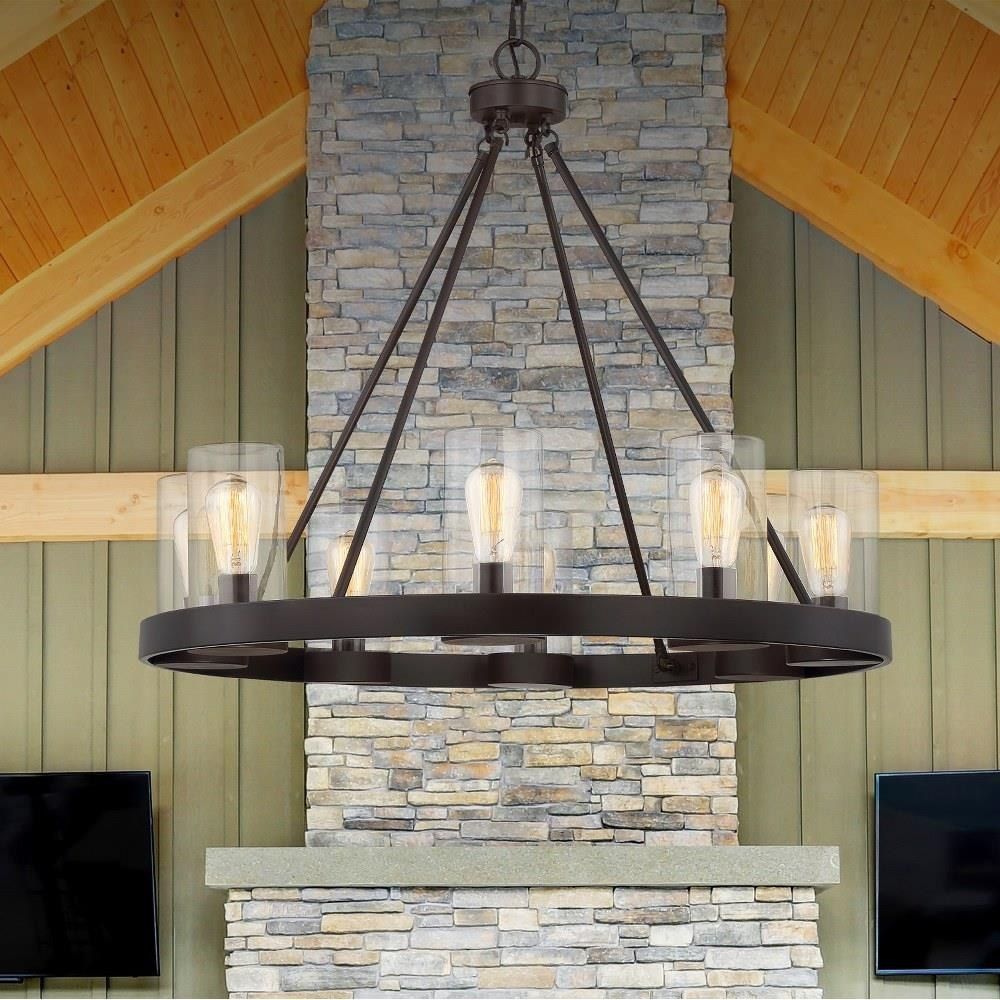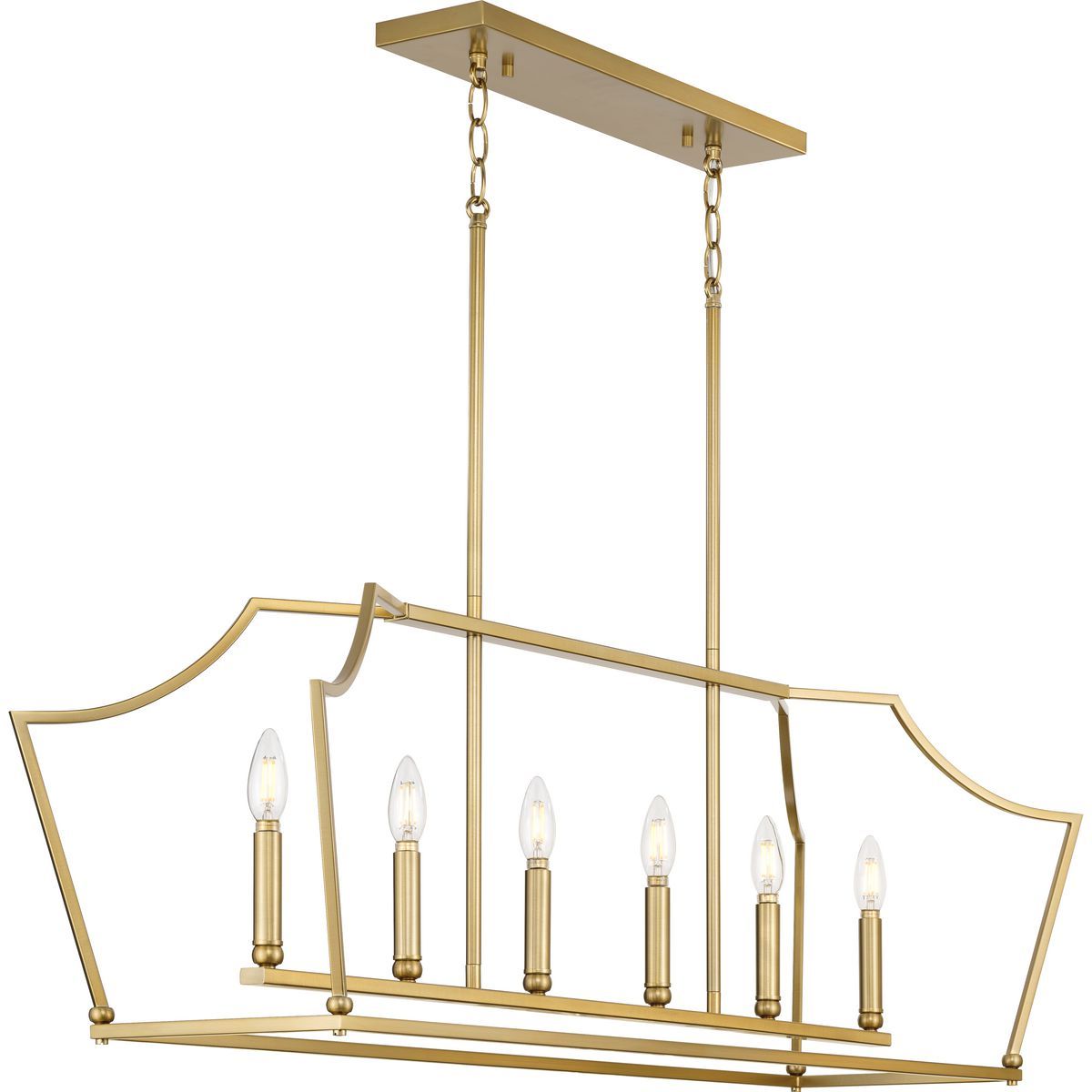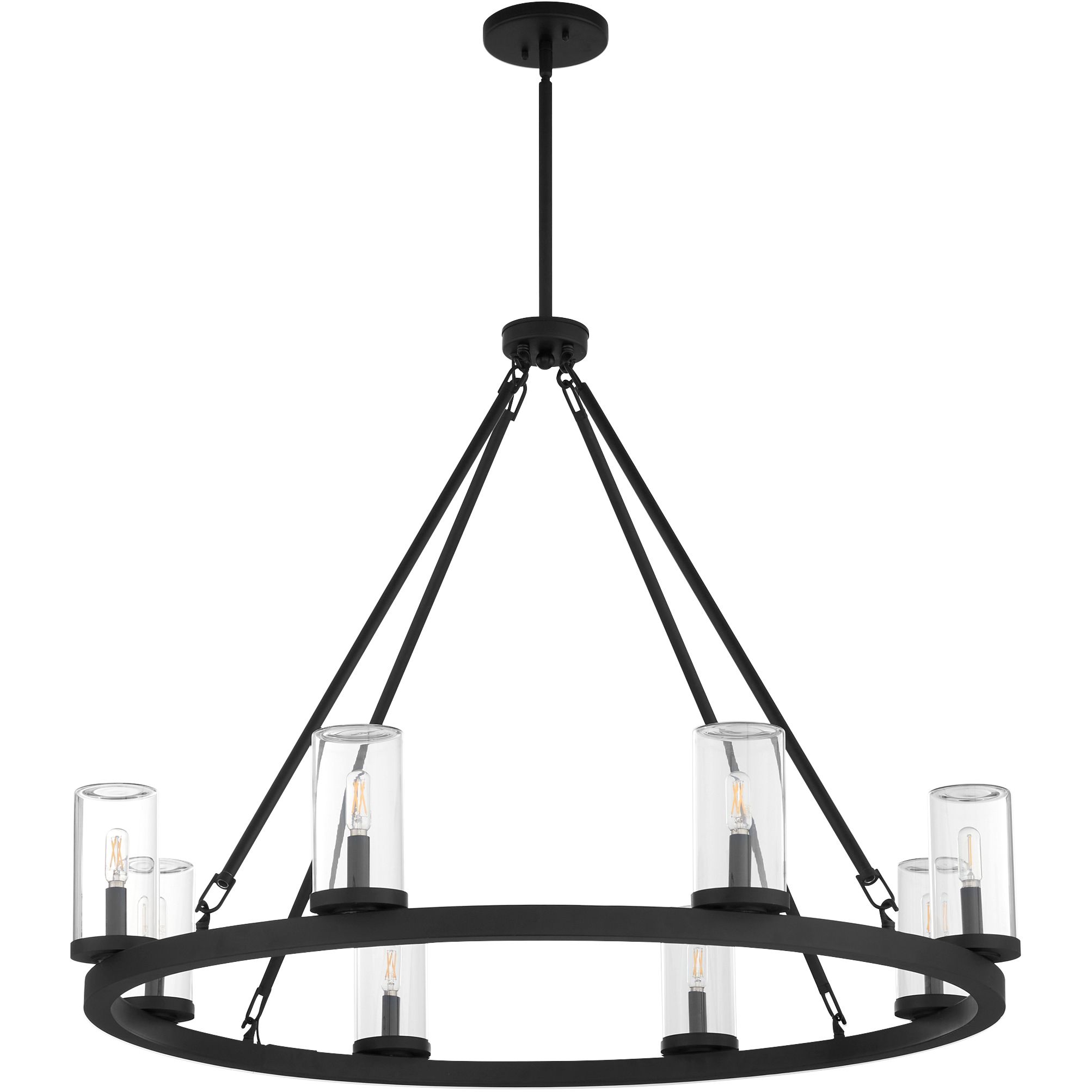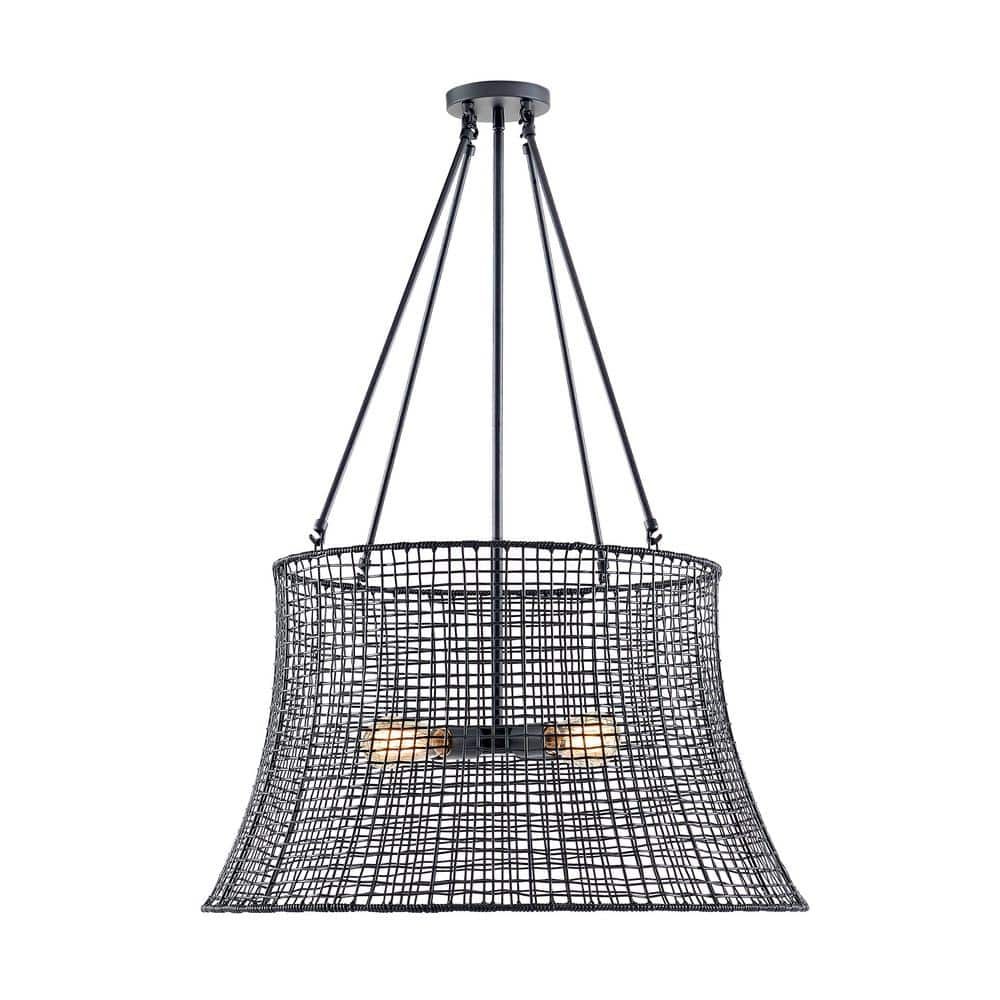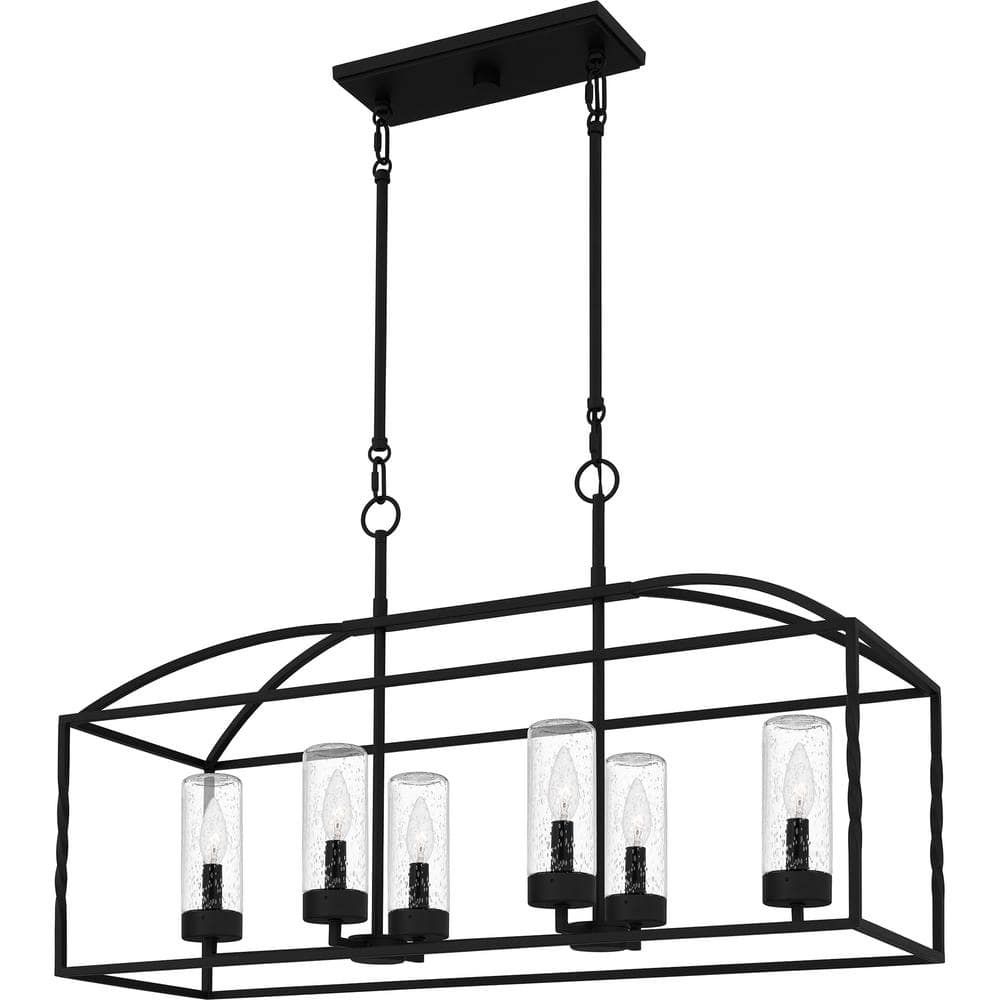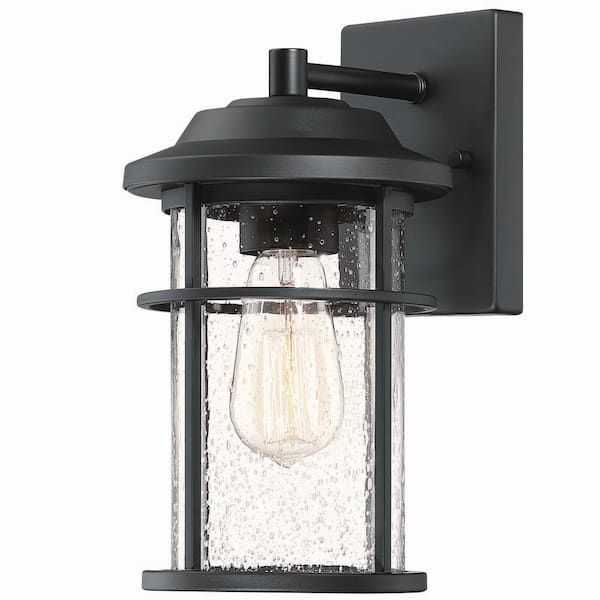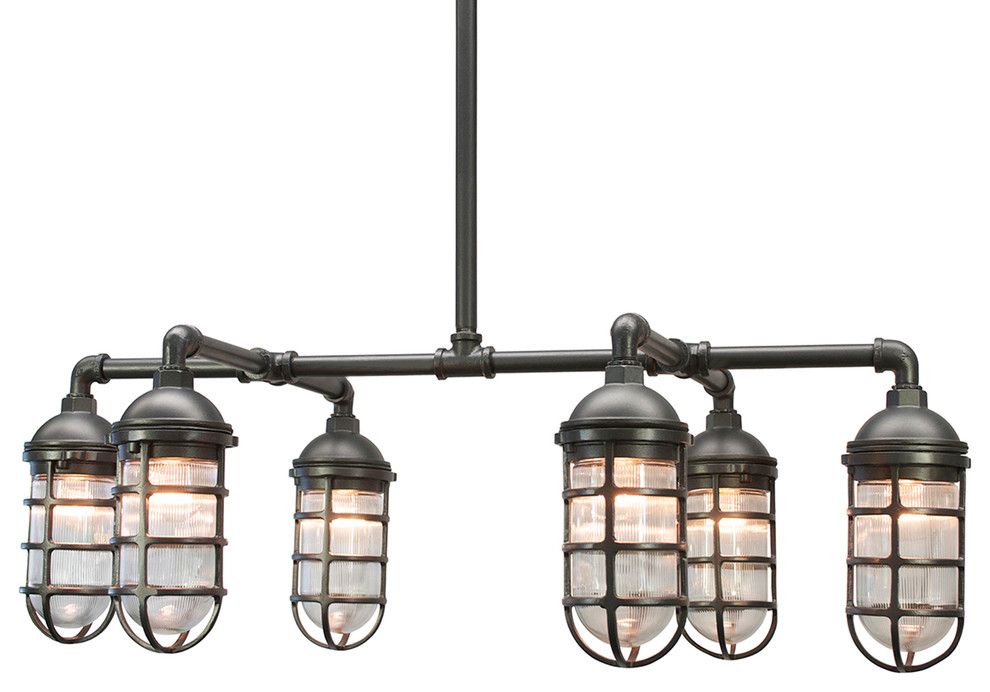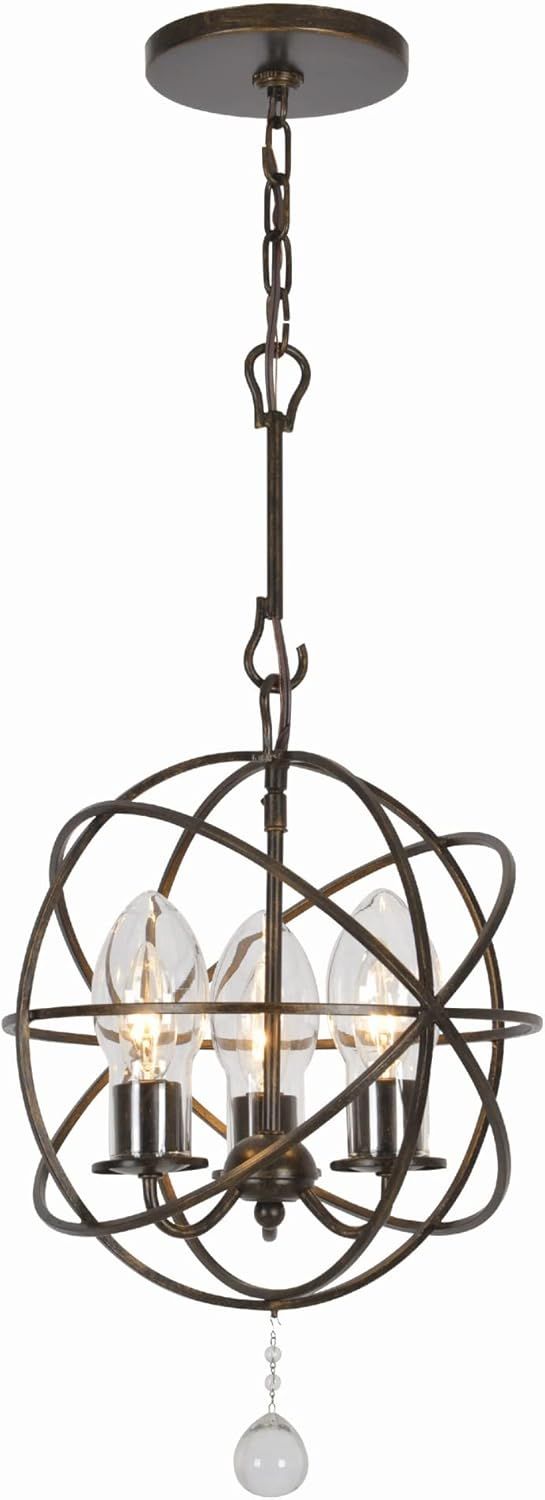Outdoor chandeliers can transform your porch, patio, or gazebo into a stunning space. The Westover line, in particular, offers many elegant choices. But, like any outdoor electrical fixture, they can sometimes encounter problems. Don’t worry, it’s not the end of the world. Most issues are easily fixed with a little bit of know-how. This article will walk you through some of the most common issues you might face and how to solve them, with a focus on the Westover outdoor chandelier models.
We’ll delve into the things that can go wrong, from the simplest to the more complex, and I’ll give you clear, step-by-step advice that’s easy to follow. No complicated electrical jargon here, just practical solutions to get your chandelier shining brightly again. Remember, safety comes first, so always turn off the power before you begin any troubleshooting.
Outdoor lighting faces a lot of challenges. Weather, humidity, and the occasional insect can all cause issues. And while Westover chandeliers are built to withstand the elements, they are not immune to problems. Whether it’s a flickering light, a complete blackout, or something more subtle, understanding the source of the problem is key to getting things back to normal. I’ve dealt with these issues myself – my own Westover chandelier went dark during a particularly rainy season – and I know how frustrating it can be. That’s why I’m sharing my experience with you, so you can troubleshoot and fix problems efficiently, and get back to enjoying those wonderful evenings under the stars. Now, let’s dive in and get that chandelier shining bright again.
Flickering or Dimming Lights: The Usual Suspects
Flickering or dim lights are a common complaint. The most common causes, and how to fix them:
- Loose Bulb Connection: This is usually the easiest fix. Turn off the power, then carefully check that the light bulbs are screwed in tightly. Sometimes, vibration or a slight bump can cause them to come loose.
- Faulty Bulbs: A burned-out or failing bulb is another likely culprit. Replace any suspect bulbs with new ones of the correct wattage and type. Remember to use bulbs rated for outdoor use, particularly if your chandelier is exposed to the elements.
- Wiring Issues: More severe cases might point to loose wiring within the chandelier or at the connection point. This is where things get a little tricky. If you’re comfortable working with electrical wiring (and after turning off the power!), check the connections. If not, it’s best to call a qualified electrician. Don’t take chances with electricity.
- Voltage Fluctuations: Sometimes, the power supply to your house might be inconsistent. This can cause lights to flicker. If other lights in your home are also flickering, this could be the problem, and an electrician should be called.
Water Damage: Protecting Your Investment
Water and electricity are a bad mix. Even though Westover chandeliers are designed for outdoor use, water damage can still occur, especially during heavy rain or strong winds. Here’s how to deal with it:
- Check the Seals: Examine the seals around the light bulb sockets and any other openings. Make sure they are intact and properly sealed. Cracks or gaps can allow water to seep in.
- Inspect the Wiring: Look for any signs of corrosion or water damage on the wiring. If you find any, replace the damaged wires. Again, if you’re not comfortable with this, consult a professional.
- Proper Installation: Ensure your chandelier was installed correctly. This includes making sure it’s securely mounted and that the wiring connections are protected from the elements. Check that any mounting hardware is also rust-resistant. And, of course, the chandelier’s placement should be considered to minimize exposure to rain and wind.
- Preventative Measures: Consider applying a sealant to any vulnerable areas, but be careful to avoid getting sealant on the electrical components. This is a good preventative measure, especially if you live in an area with a lot of rain.
The Chandelier Won’t Turn On: Troubleshooting the Power Supply
When your chandelier refuses to light up, the power supply is usually the first place to look:
- Check the Breaker: Go to your electrical panel and make sure the circuit breaker for the chandelier hasn’t tripped. If it has, reset it. If it trips again immediately, there might be a short circuit, and you’ll need to investigate the wiring (or call an electrician).
- Test the Outlet: If your chandelier is plugged into an outlet, make sure the outlet is working. You can test it with another device, like a lamp. If the outlet is dead, check the circuit breaker for that outlet.
- Examine the Wiring Connections: Ensure that all the wiring connections are secure, both at the chandelier and at the power source. Loose connections can interrupt the flow of electricity.
- Inspect the Switch: Is the light switch that controls the chandelier working correctly? Try turning it on and off several times to make sure it’s making a good connection. The switch could be bad.
Rust and Corrosion: Fighting the Elements
Outdoor fixtures are susceptible to rust and corrosion. Here’s what to do:
- Regular Cleaning: Clean your chandelier regularly with a mild soap and water solution. This removes dirt, salt, and other contaminants that can accelerate corrosion.
- Inspect for Rust: Regularly inspect your chandelier for signs of rust. Pay close attention to any metal parts, especially around the screws and joints.
- Rust Removal: If you find rust, remove it with a wire brush or sandpaper. You can then apply a rust-inhibiting primer and paint designed for outdoor use. Be sure to follow the manufacturer’s instructions for the primer and paint.
- Protective Coatings: Consider applying a protective coating, such as a clear sealant, to the metal parts to help prevent rust. This is especially helpful if you live in a coastal area or a place with high humidity.
Choosing the Right Bulbs for Your Westover Chandelier
The right bulbs are essential for both performance and longevity:
- Wattage: Always use bulbs that match the wattage rating specified for your chandelier. Using bulbs with a higher wattage can damage the fixture and pose a fire hazard.
- Bulb Type: Choose bulbs that are suitable for outdoor use. Look for bulbs that are rated for wet locations. LED bulbs are a great option, as they are energy-efficient and last much longer than traditional incandescent bulbs.
- Brightness (Lumens): Consider the brightness of the bulbs (measured in lumens). Choose bulbs that provide the desired amount of light for your space. For a general outdoor area, you’ll want something bright enough to illuminate the area, but not so bright that it’s blinding. Warm white light (around 2700K) is often a good choice for creating a welcoming ambiance.
- Color Temperature: The color temperature of a bulb (measured in Kelvin, or K) affects the color of the light. Warm white light (2700K-3000K) is often preferred for outdoor spaces, as it creates a cozy and inviting atmosphere.
When to Call a Professional: Knowing Your Limits
While many issues can be resolved with some basic troubleshooting, there are times when you should call an electrician:
- Complex Wiring Problems: If you’re not comfortable working with electrical wiring, or if you suspect a short circuit or other complex wiring issue, call a professional.
- Persistent Problems: If you’ve tried the troubleshooting steps above and the problem persists, it’s time to seek professional help.
- Safety Concerns: If you’re ever unsure or uncomfortable with any of the steps, or if you have any safety concerns, don’t hesitate to call a qualified electrician. Your safety is the most important thing.
- Permits and Codes: Sometimes, electrical work requires permits and must comply with local building codes. An electrician will know the regulations in your area.
Troubleshooting your Westover outdoor chandelier doesn’t have to be a daunting task. By following these steps, you can address common issues like flickering lights, water damage, and power supply problems. Remember to always prioritize safety by turning off the power before you begin, and don’t hesitate to call a professional if you’re unsure or uncomfortable with any of the repairs. With a little bit of care, your Westover chandelier will continue to illuminate your outdoor space for years to come. And remember, a little bit of maintenance and attention goes a long way in keeping your outdoor lighting in great shape. Enjoy the warm glow of your chandelier and those lovely evenings under the stars and, and thanks for reading. I hope this helps. Now, go out and enjoy your beautiful outdoor space.
